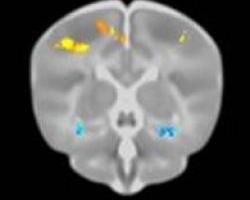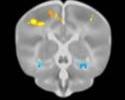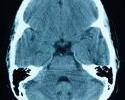It is the Holy Grail for diagnosis in many other health issues, but biomarkers have so far eluded researchers – until now, says one researcher.
According to a study published in the Journal of Neurotrauma, Jeffrey J. Bazarian, MD, MPH, an associate professor of Emergency Medicine at the University of Rochester Medical Center claims that he has become the first to demonstrate that a combination of two proteins released into the bloodstream after a head injury can be used as a method of diagnosing mild traumatic brain injury. One of them, S100B, is currently used outside of the U.S.
The second protein was discovered by researchers who analyzed blood samples from the patients of 787 head injury patients (and 467 controls) at six New York state hospitals. Called apoA-1, this protein transports lipids and interacts with the blood-brain barrier after a concussion.
In combination, say researchers, the pair make for a good biomarker to diagnose concussion, thereby taking much of the uncertainty out of the otherwise clinical diagnosis of head injuries. This is potentially good news for the estimated 1.7 million cases of mild traumatic brain injury reported annually.
Concussion and other forms of mild traumatic brain injury are big news these days, from youth sports through professional athletes, and beyond the sports world. Accurate and reliable biomarkers for these injuries would go a long way in properly treating this increasingly diagnosed problem.
Source: MNT








